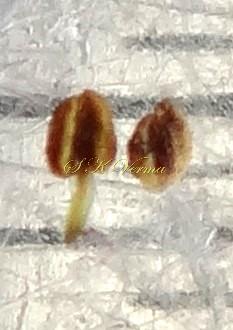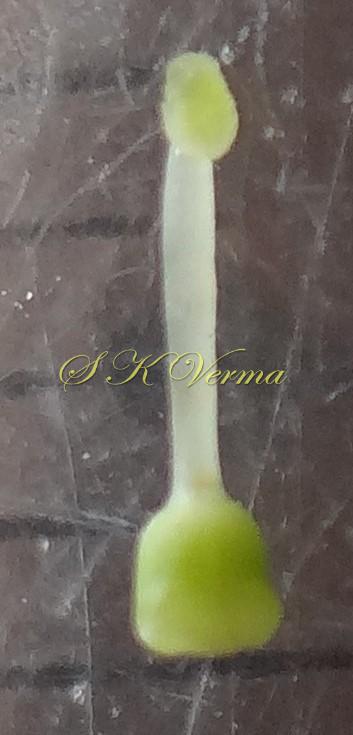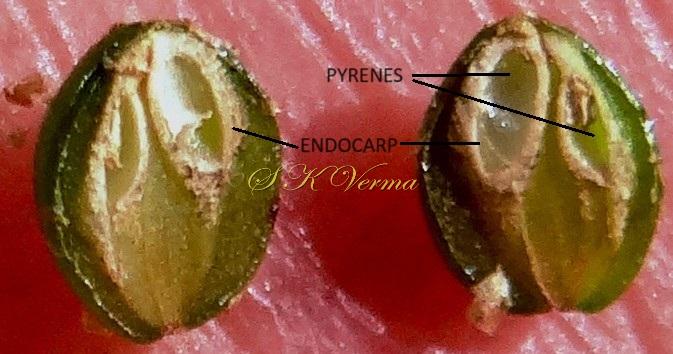LANTANA
Lantana
L., Sp. Pl. 2: 627. 1753; Gen. Pl. ed. 5: 275. 1754; Clarke in Hook. f., Fl. Brit. Ind. 4: 562. 1885; Fl. China @ eFloras.org 17: 2; Fl. Pak. @ eFloras.org p. 7.
Rambling or erect shrubs or herbs; branches quadrangular, often prickly. Leaves opposite or whorled, petiolate; leaf blade simple, crenate-serrate, often rugose. Flowers in pedunculate, capitate, ovoid or cylindric spikes; bracts conspicuous, longer than calyx; bracteoles 0. Calyx small, membranous, truncate or obscurely 4-5-toothed. Corolla tube slender, cylindric; limb regular or obscurely 2-lipped, 4-5-lobed, spreading. Stamens 4, didynamous, inserted about the middle of corolla tube, included; anthers broadly oblong. Carpels 2, syncarpous; ovary 2-locular, 1 ovule per loculus, erect from base or attached laterally near the base of loculus; style short; stigma oblique, thickened. Fruit drupaceous with more or less fleshy mesocarp; endocarp hard, separating when ripe into two 1-celled 1-seeded pyrenes.
114 species
Lantana camara
Lantana camara
L., Sp. Pl. 2: 627. 1753; Clarke in Hook. f., Fl. Brit. Ind. 4: 562. 1885; Parker, For. Fl. Punj. ed. 1: 392. 1918 (Reprint 1973); Schau. in DC., Prodr. 11: 606. 1847; Dhaliwal & Sharma, Fl. Kullu Dist. 505. 1999; Fl. China @ eFloras.org 17: 2; Fl Pak. @ eFloras.org p. 9; Camara vulgaris Benth., Bot. Voy. Sulphur: 154. 1846.
Evergreen shrub with weak rambling or straggling branches, 1-4 m tall; branches quadrangular, hirsute or hispid, hairs with or without swollen base, armed with stout recurved prickles. Leaves opposite, decussate; petioles 5-20 mm long, pubescent; leaf blade 3-10 cm x 1.5-2.5 cm, +/- rugose, scabrid, base truncate, rounded to subcordate or sometimes narrowed, margin serrate-crenate, apex acute to slightly acuminate; lateral veins usually 5 paired, very prominent, elevated abaxially. Flowering heads axillary, permanently capitate, umbellate, ca. 2.5 cm across, pedunculate, peduncle 2.5-7 cm long, hirsute or hispid, quadrangular, thickened upwards; bracts 5-7 mm x ca. 1.2 mm, lanceolate, hispid. Flowers bisexual, zygomorphic, hypogynous, 9-13 mm long and 5-8 mm across, mostly orange or yellow, turning to red or scarlet later (in cultivated plants flowers of all colours from cream to yellow, crimson and purple are found and colour is frequently variable in the same head). Calyx 2-3 mm long, tubular, whitish, thin membranous, truncate or obscurely 4-5-toothed, pubescent. Corolla tube slender, cylindric, 7-12 mm long, pubescent outside, slightly enlarged and curved above the middle; limb 4-lobed with spreading +/- rounded, ca. 3 mm long lobes. Stamens 4, didynamous, inserted about the middle of corolla tube, included; anthers broadly oblong. Carpels 2, syncarpous; ovary 2-locular, 1 ovule per loculus, attached near the top of loculus; style ca. 3 mm long; stigma oblique. Fruit a drupe, +/- globose, 3-5 mm in diameter, fleshy, black or deep purple, shining; 2-celled, 1-seed per cell, endocarp hard; when ripe separating into two 1-celled, 1-seeded pyrenes.
Common Names: Lantana, Big Sage, Wild Sage, Red Sage
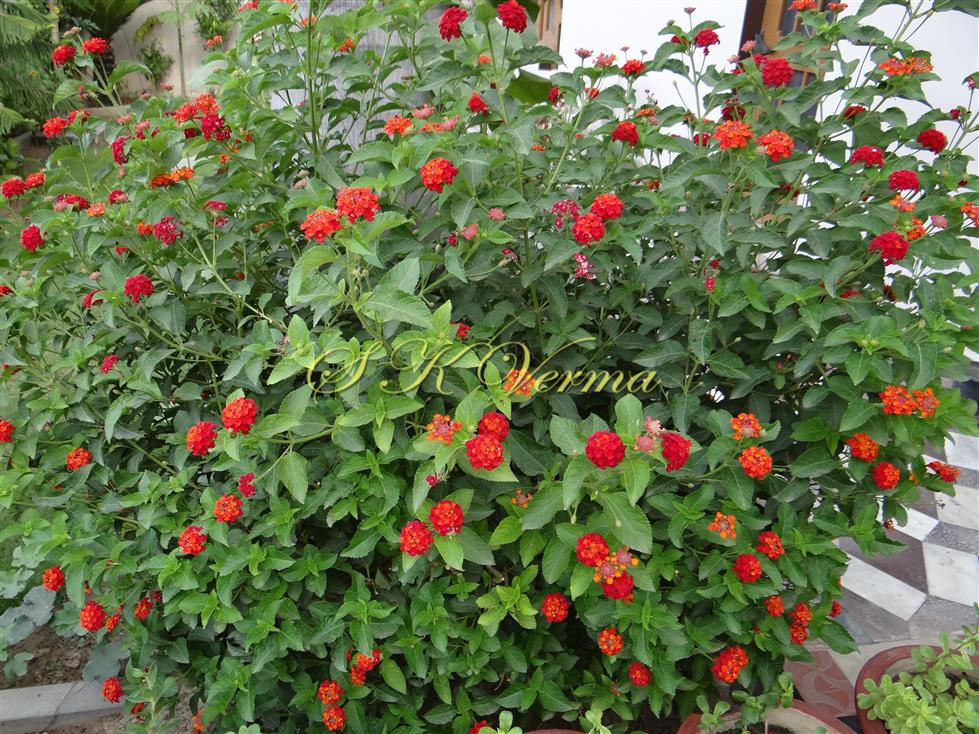
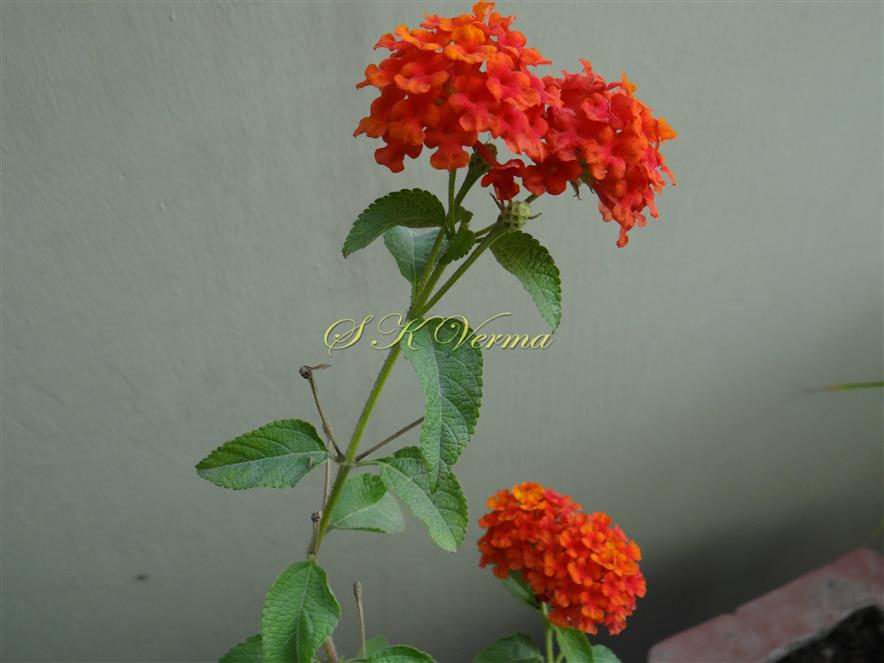
-DSC00771.jpg)

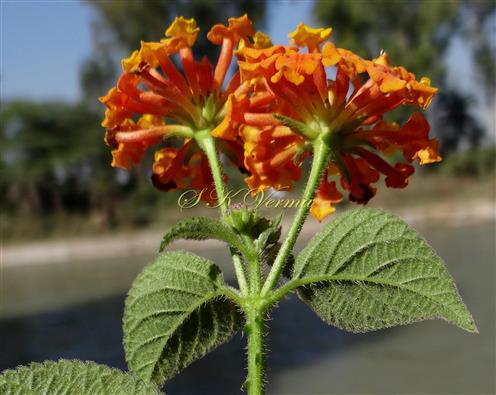
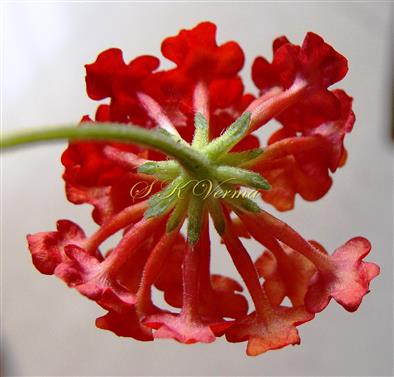
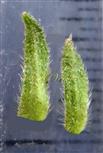
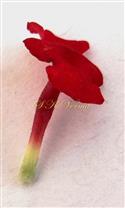
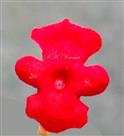
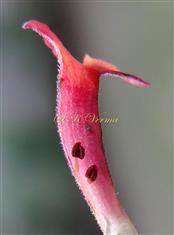


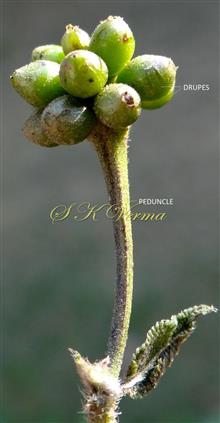




-DSC00771.jpg)







